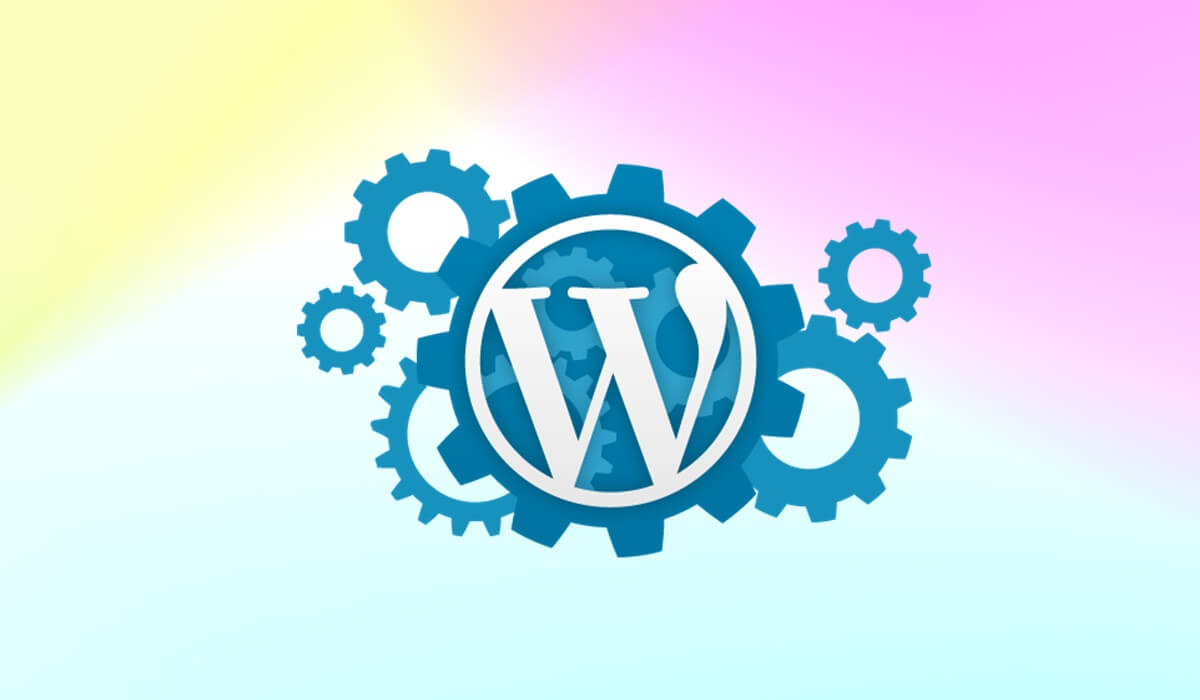This article will look at how to make a small business website with WordPress, which will outshine your competition with almost no effort. With WordPress, you can create a site on a budget, which will be just as good as any you’d pay an agency to make for you. Prior experience doesn’t matter. You don’t need to hire anyone unless you have the budget for it, which would be more than $1,000 for a basic site. If you need more advanced features, it might come to as much as $5,000.
Benefits of WordPress
You can use WordPress plugins for specific features for your business website, choose from innumerable themes for an awesome design, enjoy high speed, and even create an ecommerce store.
Benefits of WordPress Getting Started The Right Hosting Publishing Content on WordPressComments and Plugins User AccountsSettingsThemes
Getting Started
You start by choosing a domain name, your website’s online address. You register it with a domain registrar for a small fee, usually around $10 a year. The most common website addresses end in .com. When you think of a name, prepare at least two alternatives as it might be taken or otherwise unavailable.
The Right Hosting
WordPress offers hosting on WordPress.com with paid as well as free plans. No fees are due upfront when you host directly on WordPress.com, nor do you have to buy a separate domain name. WordPress is installed and updated automatically. Here is some more information about hosting for your WordPress website. All the work on WordPress is done at yourdomain.com/wp-admin/. You log in with the details chosen during installation. Every screen in the panel is similar. You’ll see a sidebar on the left with access to the different options. You can act on them in the center section. There is a welcome message on the initial dashboard screen. There is information about some shortcuts as well. Right under that is a Jetpack block. Jetpack is a popular WordPress plugin that comes preinstalled with some hosting providers.
Publishing Content on WordPress
You can announce new events, developments, or products using blog posts. Their structure is quite basic: a title, body text, meta title, and meta description, as well as some tags or categories. WordPress publishes posts in reverse chronological order. You can upload files straight to your website in the media section, then use them on your pages, posts, and other areas of the site. They can be videos, images, Word documents, PDFs, or other formats. Pages and posts have almost the same structure, but they won’t be shown in reverse chronological order. You must link to your pages from a menu if you want visitors to your site to access them. You can use pages for contact information, terms of use, your About section, or anything else that isn’t likely to change often.
Comments and Plugins
You can moderate comments in the respective section if you choose to enable them. You do this in the Discussion section of the Settings panel. By enabling comments, you are letting people interact and potentially creating a community around your website. Plugins are what you can use to add custom features to your website. They are installable, compact WordPress software elements that integrate with the main site, like WordPress apps.
User Accounts
You set up new user accounts, change passwords, and perform any related actions in the User section. You probably won’t need to visit it often, if ever, if only you are managing the website.
Settings
To go to the General settings panel, click on the Settings link in the sidebar menu. Pay attention to the time zone, tagline, and site title. The title is the name of your website. To send a message with the name, set the tagline. Finally, set the time zone to that of your main or key audience. Leave the Search Engine Visibility checkbox unchecked, as search engines might not find your site otherwise.
Themes
Themes relate to the appearance of your site. You choose the design in this section. You typically get a zip file with the theme and then install it on your site. You will find the official directory of free WordPress themes at WordPress.org. If you don’t like any of the free ones, you can opt for premium themes, like Elegant, ThemeForest, etc. They cost from $40 to $80.
